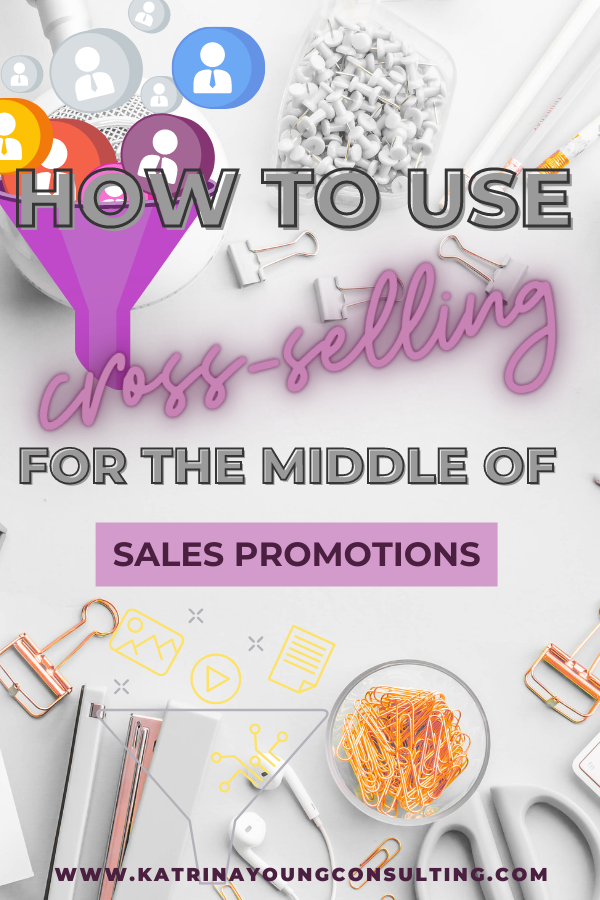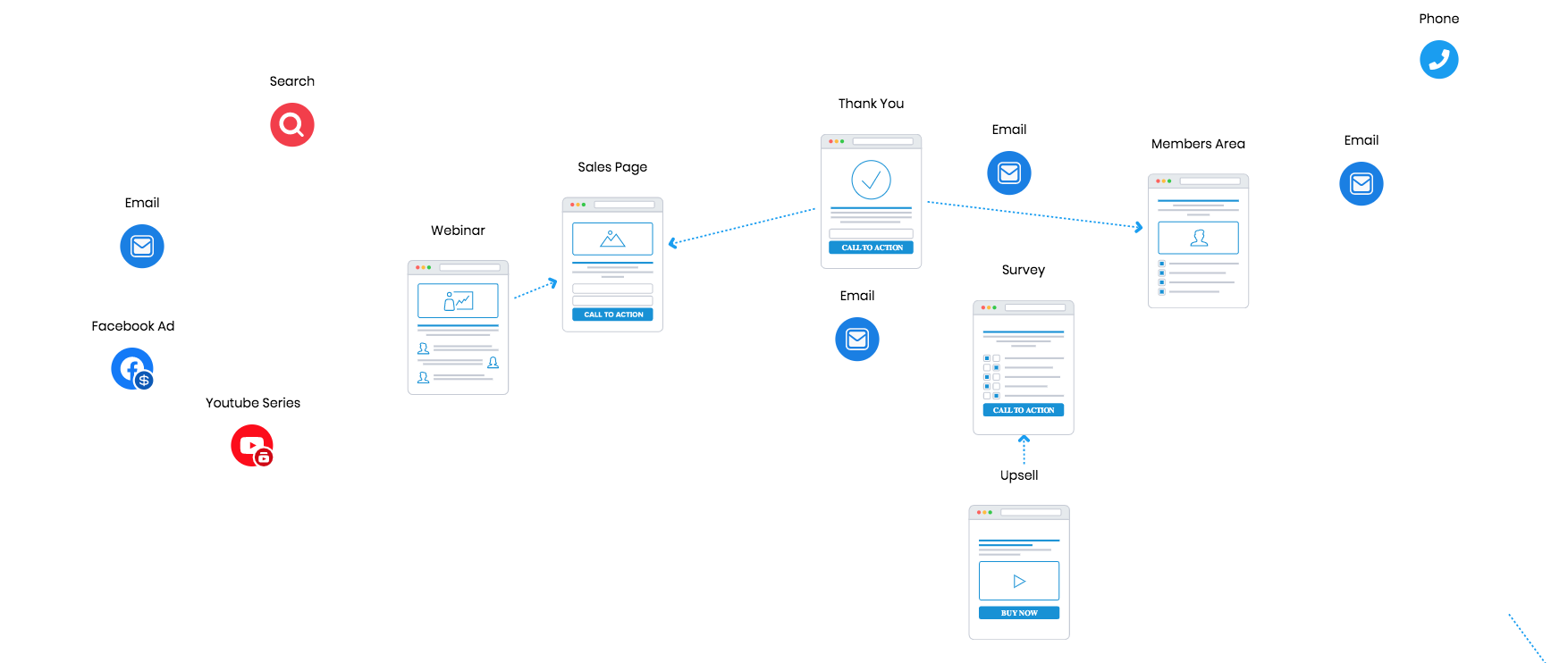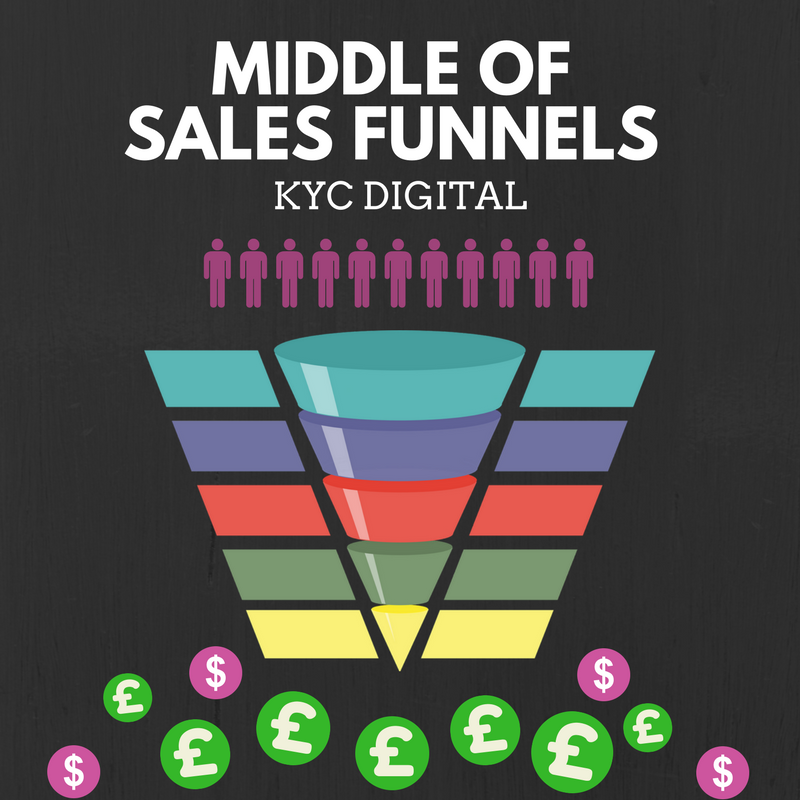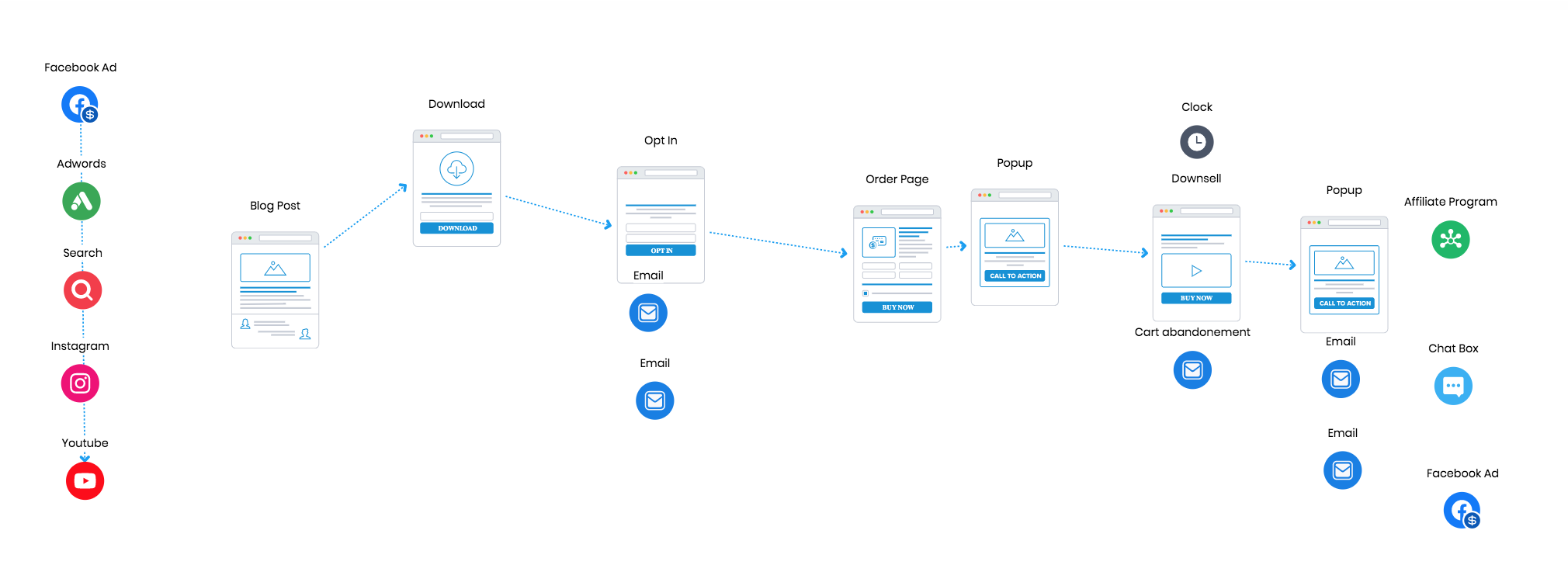How to use cross-selling for the middle of funnel sales promotions: 📈💡
The Importance of Cross-Selling for Your Middle Funnel Sales Promotions
Because the attribution of sales can become complicated as revenue is funnelled through many intermediaries, most business owners and companies focus on the largest channel and typically ignore alternative promotional opportunities. However, the middle of the funnel offers an opportunity to use cross-selling at a lower cost than at other stages of the purchase and one-time offers. One of the most important things you do when doing sales promotions. To capitalise on this, companies should consider strategies that cross-sell with their other channels from when a prospect initially sees or learns about them, until the purchase is completed.
How to use cross-selling for your middle funnel sales promotions
In essence, cross-selling will be a means of bringing in new customers that could be buying into other products or services. What does a simple cross-sell look like? It can be something as simple as showing your prospects a promo code from your website to take advantage of a purchase that's on offer at a retailer, or alternatively a download voucher to claim their free copy of the ebook.
Why is cross-selling important?
Cross-selling is one of the best ways to convert a prospect to a purchase. It works as long as the conversion is more than a simple mention or suggestion and as long as the cross-sell is truly attractive and useful to the consumer. When done well, this is a process that leads to substantial revenue: Cross-selling helps to generate more revenue than what it costs to acquire a customer. You should not just look at cross-selling as a sales tactic, but rather one that optimises your marketing mix to better suit the customer. A cost-effective approach to cross-selling is to leverage partners to improve sales conversion, as 80% of customers say they’d try out a complementary product or service from their retailer if given the opportunity.
What are the benefits of cross-selling?
Customer retention With more than 80% of consumer spending taking place outside of their home, 90% of products bought on a site are non-specific. However, cross-selling allows you to serve existing customers by introducing them to related products that they may find attractive. This broadens the customer base by offering something for more people than would otherwise purchase from the company, making each transaction more profitable. Personalisation People like to feel as if they are talking to a genuine person when making a purchase. At the point of making a purchase, you only want to show them what they’re looking for. Customers like to think that they are making the right purchase.
It allows you to focus on a wider range of products.
It’s easier to achieve. Reduces customer acquisition costs and cross-sell sales. Reaches more prospects. And it’s always a good idea to take advantage of a strong, but often overlooked channel.
It increases customer loyalty and satisfaction.
Customers who purchased with your first promotion are more likely to stick with your company and stick around a little longer. Furthermore, sales marketing teams that cross-sell have shown to increase their sales conversion rates by 12%, though most companies aren’t looking to increase their sales by that percentage. It improves average order values. If people buy through one channel, they’ll naturally opt to buy through another. This means that they spend more on average in the middle of the funnel, meaning it makes sense to use the discounts available and encourage people to buy through the middle.
It has an impact on the average lifetime value (LTV) of your customers.
One of the core principles of marketing is targeting the right people at the right time, and in this sense cross-selling can have a huge impact on LTV. If your ads show up when someone is in the middle of your LTV selling cycle, it creates a really strong association with your brand. Make sure your customers understand the value proposition of your product or service. It's important that people understand the importance of cross-selling and that it has a significant impact on your customer lifetime value. The strategy is costly but does yield results. When working with sales teams, it's key to establish clear ROI models to help them prioritise what they're spending.
How do I create a cross-sell strategy?
For a cross-sell strategy to be successful, the best channel to cross-sell needs to have brand recognition and a reputation for quality. A CRM can help to streamline sales and marketing interactions and push your company’s products or services down the sales funnel, where the salesperson can offer cross-selling opportunities to their customers. CRM software has built-in triggers to cross-sell your products, similar to your email marketing campaigns. You can also use the channel you use most to generate leads and direct marketing to your CRM software, giving your company a more robust tool for reaching your targeted audience. But it’s not enough to only focus on other channels after the initial sales.
Conclusion
Business owners, companies and Marketers must consider how they can appeal to their different audiences at all stages of the sales process, particularly if they are looking to introduce and promote new products or services to customers. Cross-selling promotional opportunities, such as coupons, discounts, loyalty and gift cards, are a great way to increase sales and boost the bottom line. Need help brainstorming middle of funnel promotions? book a call here.
